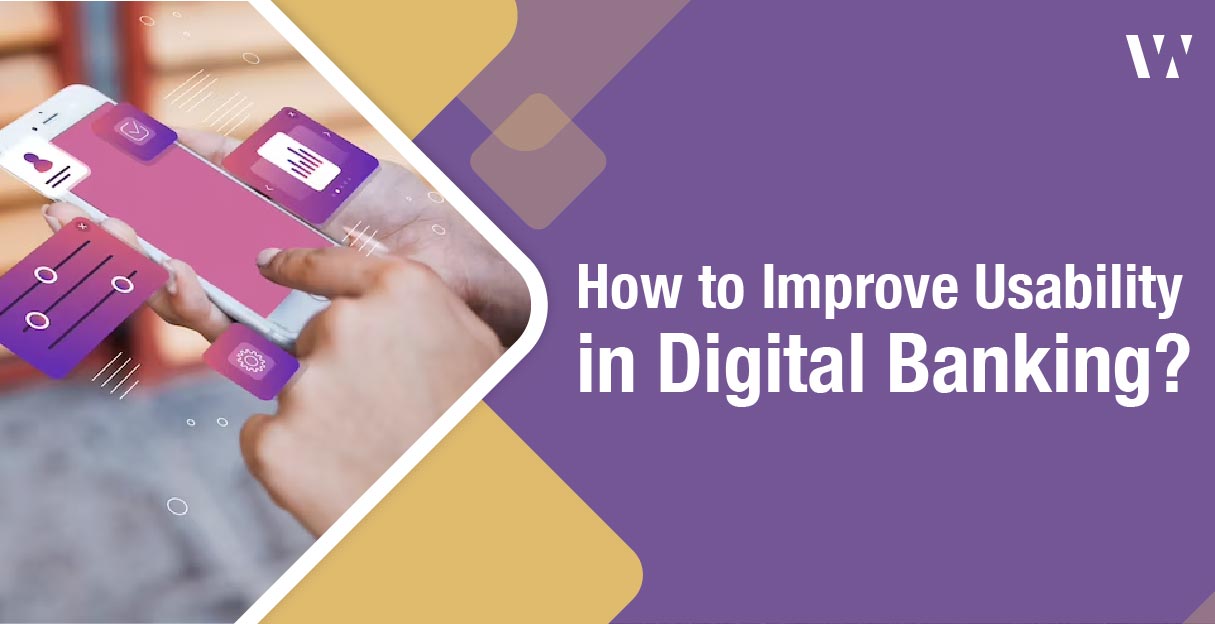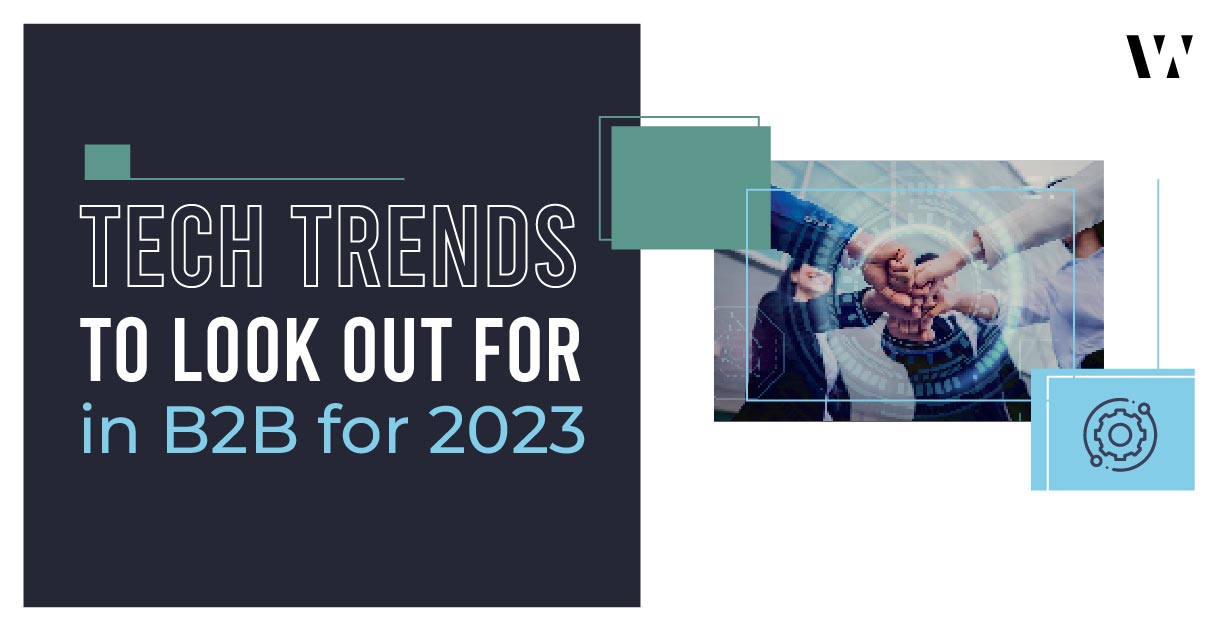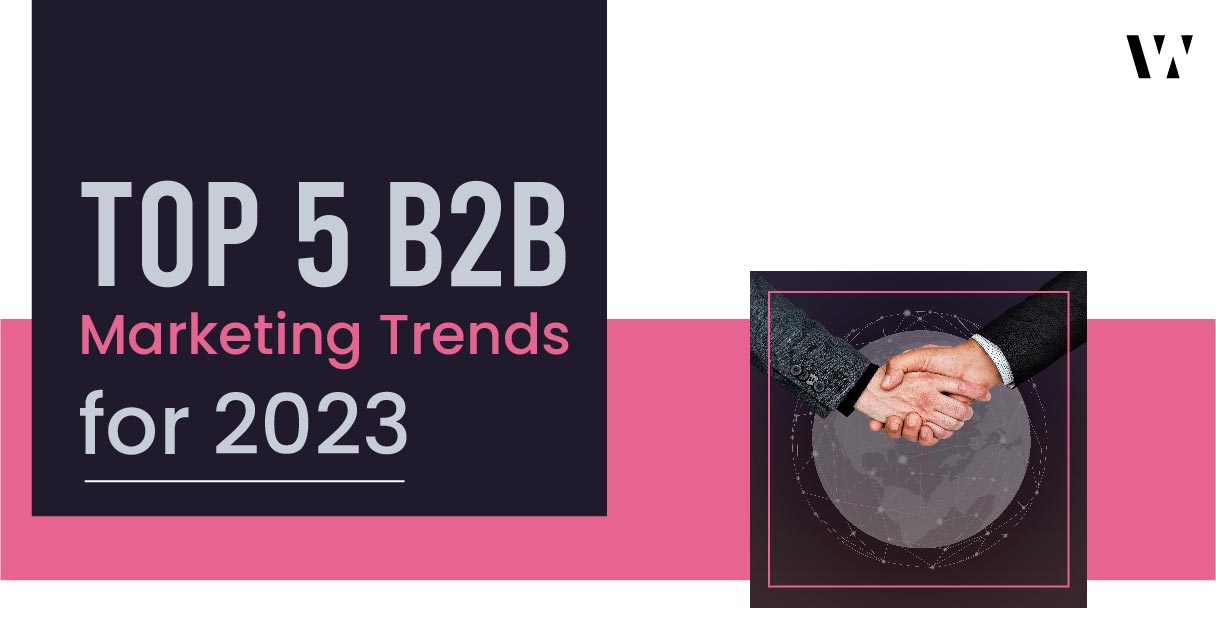Top challenges faced by Fintech companies:
Complex Financial Concepts
Fintech products deal with intricate financial concepts that can overwhelm users. The challenge is to simplify these concepts to facilitate a delightful user experience (UX) making financial services cepts that can overwhelm users. The challenge is to simplify these concepts to facilitate a delightful user experience (UX) making financial services accessible to all.
Read MoreData Security and Privacy
In an era of data breaches, ensuring robust security measures while maintaining a seamless user experience (UX) is critical. Companies must find the right balance between strong security protocols andty measures while maintaining a seamless user experience (UX) is critical. Companies must find the right balance between strong security protocols and user-friendly interfaces.
Read MoreRegulatory Compliance
Fintech operates within a heavily regulated environment. Staying compliant with evolving financial regulations is a constant challenge. Fintech UX/CX must align with these regulations, including Know nment. Staying compliant with evolving financial regulations is a constant challenge. Fintech UX/CX must align with these regulations, including Know Your Customer (KYC) and Anti-Money Laundering (AML) requirements.
Read MoreOmnichannel Experience
Users engage with fintech services through various channels-mobile apps, websites, chatbots, etc. Ensuring a consistent experience across all these touchpoints is a significant challenge. channels-mobile apps, websites, chatbots, etc. Ensuring a consistent experience across all these touchpoints is a significant challenge.
Read MorePersonalization
Personalized services remain banking's cornerstone. from a long time. However, in today’s scenario, personalization involves promptly catering to users' specific needs on their preferred platform.. from a long time. However, in today’s scenario, personalization involves promptly catering to users' specific needs on their preferred platform.
Read MoreAutomation for Efficiency
Automating routine tasks, like transaction processing and customer support, is crucial for efficiency. This requires integrating automation solutions while maintaining interaction quality.ing and customer support, is crucial for efficiency. This requires integrating automation solutions while maintaining interaction quality.
Read MoreAreas of Work in the Fintech Industry
What we do
Digital Factories
Examples of our Work in Fintech industry

- Re-designed a comprehensive sales and marketing portal for steel manufacturing giant

- Supported an industrial engineering giant for electric aviation research on unlocking new revenue streams for user experience design of airport infrastructure.

- Enhanced pilot experience (UX) for an aviation giant for Service Now portal integration
tx, USA

London, UK

India























